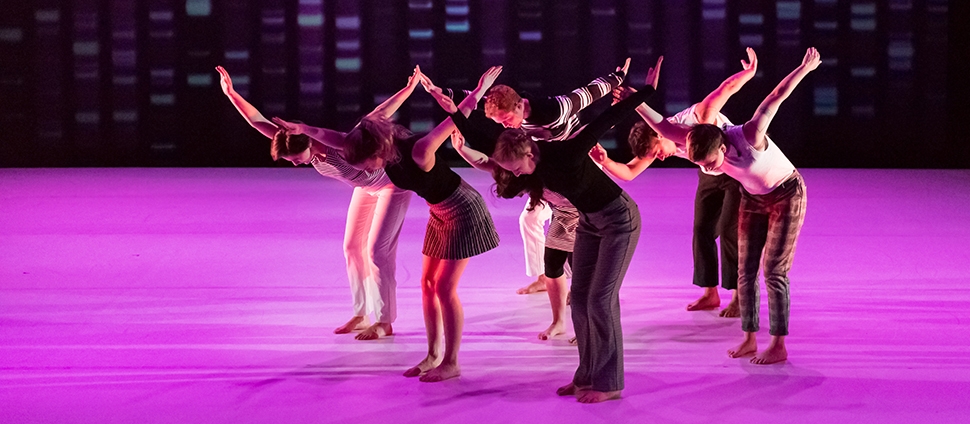Document Type
Article
Publication Date
6-24-2013
Publication Title
Dance Chronicle
Abstract
Alicia Alonso contended that the musicality of Cuban ballet dancers contributed to a distinctive national style in their performance of European classics such as Giselle and Swan Lake. A highly developed sense of musicality distinguished Alonso's own dancing. For the ballerina, this was more than just an element of her individual style: it was an expression of the Cuban cultural environment and a common feature among ballet dancers from that island. In addition to elucidating the physical manifestations of musicality in Alonso's dancing, this article examines how the ballerina's frequent references to music in connection to both her individual identity and the Cuban ballet aesthetics fit into a national discourse of self-representation that deems Cubans an exceptionally musical people. This analysis also problematizes the Cuban ballet's brand of musicality by underscoring the tension between its possible explanations—from being the result of the dancers' socialization into a rich Afro-Caribbean musical culture to being a stylistic element that Alonso developed through her training with foreign teachers and, in turn, transmitted to her Cuban disciples.
Volume
36
Issue
2
First Page
218
Last Page
242
DOI
10.1080/01472526.2013.792325
Creative Commons License

This work is licensed under a Creative Commons Attribution 4.0 International License.
Rights
Licensed to Smith College and distributed CC-BY under the Smith College Faculty Open Access Policy.
Version
Author's Accepted Manuscript
Recommended Citation
Tomé, Lester, "“Music in the Blood”: Performance and Discourse of Musicality in Cuban Ballet Aesthetics" (2013). Dance: Faculty Publications, Smith College, Northampton, MA.
https://scholarworks.smith.edu/dan_facpubs/5


